Brazilian tech tree for World of Tanks proposal by PikPikker

Stock turret is the octagonal one, the top turret is cylindrical.
- 30/30/36 HP
- 29/46/18 mm
- 16/16/16 mm
- 16/16/16 mm
- 39 hp
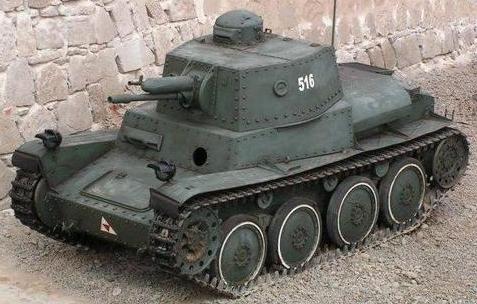
Total order in 1921 was 12 “carros de assalto”, enough to make a company with 4 machine gun armed, 7 gun-armed, and one TSF, command version. A former WWI observer in French units and father of the Brazilian tank force, Captain José Pessôa Cavalcanti de Albuquerque, suggested the purchase. Although they were initially purchased to test tactical theories, these tanks fought against the rebellion of 1924 and the revolution of 1932, and survived WWII, being kept for training purposes.


- 40/40/45 HP
- 52/74/18 mm
- 25/15/12 mm
- 125 hp

I feel really sorry but there's nothing decent to fit the Brazilian tree on the second tier. This Peruvian tank is possible because Peru neighbors Brazil and Peru isn't the one that can get any sort of tech-tree (actually it was the only "interesting" Peruvian tank).
LTP was built by ČKD/Praga specifically to satisfy the needs of the army of Peru. Basically, what happened was - the first "predecessor" of the whole series was the THN. It was a rather successful design, made for Iran, produced between the years 1935-1937. Of course, its success attracted other potential buyers. Peru was one of them and certainly one of the most distant ones, if not the most distant one.
The negotiations were held between 1936 and 1938 and were led by Col. José Tamayo from Peru. The most important demand of the Peruvian army was that the vehicles would be able to operate independently and without problems in high altitudes. Peru is a country with many mountains and the low air pressure in high altitudes could pose a serious problem. To compensate for this, the Praga engineers increased the air intake to the engine while using better compression ratios. The result was good - the vehicle could operate in any altitude up to 4500m above sea level without any performance reduction. The vehicle would also have to be light (mountains are no place for heavy or even medium tanks, at least back then they were not), with reasonable firepower and adequate protection for its time. Naturally, there was a question of who the vehicle would have to fight. Peru did not need a battle tank designed to take on hordes of incoming Panzers, rather than a nimble quick vehicle with enough firepower to knock out enemy infantry strongpoints and of course to serve as a COIN vehicle (counter-insurgency). LTP offered a perfect blend of those parameters.
After roughly two years of negotiations, an agreement was reached and 24 vehicles were ordered (plus the prototype) and brought in service under the Peruvian designation Tanque 39. Along with the negotiator, José Tamayo, first vehicles were transferred to Peru in Lima under the supervision of captain Hector Cornejo (technical supervisor) and his two assistents (one of who was a native American). The technical trials in Peru were the place where the LTP legend was born. The prototype vehicle worked perfectly.
By the time the trials ended and Peru decided to order some vehicles, a full mobilisation was taking place in Czechoslovakia (it was the time when people still thought there would be a war with the Germans) and the vehicles, currently manufactured for Peru, were confiscated by the Czechoslovak army. After the mobilisation was cancelled, they were returned and in November 1938, first 6 serial vehicles were sent to Peru. 24 were made in total and the last vehicles arrived in Peru on 27.2.1939.
The tanks saw action for the first time on 19.2.1939 against a group attempting a coup d'etat. Their debut was a success and in June they were officially presented during a military parade in Lima. During the Peru-Ecuador border war in July 1941, the vehicles were successful again (12 were operating against Ecuador as a part of "Group North"). In 1946, more vehicles were ordered from ČKD, but that order was never fulfilled - only a certain amount of spare parts was sold to the Peruvian army in 1950.
And so the tanks continued to soldier on. In 1970's, they were used to fight the maoist rebels from the "Shining Path" movement and the last two remaining vehicles in operation were used until 1988 for patrol duties near Callaa. By that time they were completely worn out however and they were taken out of service to be used as military monuments. One of the tanks was recently sold back to the Czech Republic and is currently located in Prague military museum.

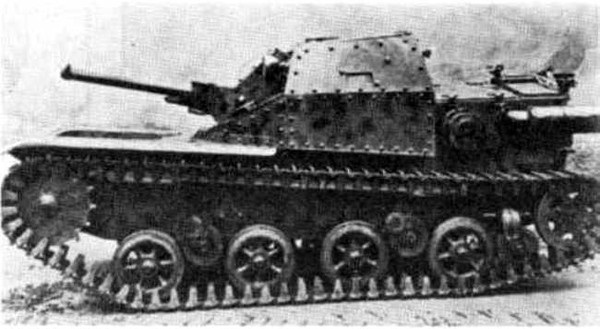
- 40/40/50 HP
- 56/78/19 mm
- 38/25/25 mm
- 38/32/32 mm
- 220 hp
- 250 hp
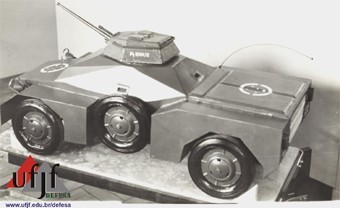
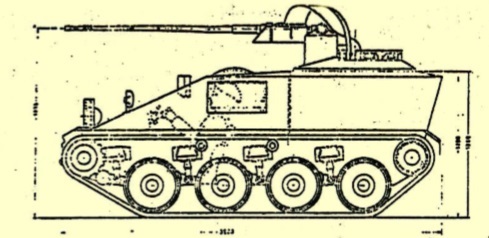
The M3 Stuart Light Tanks were in service with the BEF throughout Italy and until the surrender of the Axis. Shipped backed to Brazil, they were kept in service until the 1970s, when they were partly modernized by the Bernardini company.


- 40/40/50 HP
- 48/70/19 mm
- 40/40/50 HP
- 56/78/19 mm
- 110/110/175 HP
- 90/125/38 mm
- 110/110/175 HP
- 92/127/38 mm
- 51/51/51 mm
- 340 hp
- 420 hp
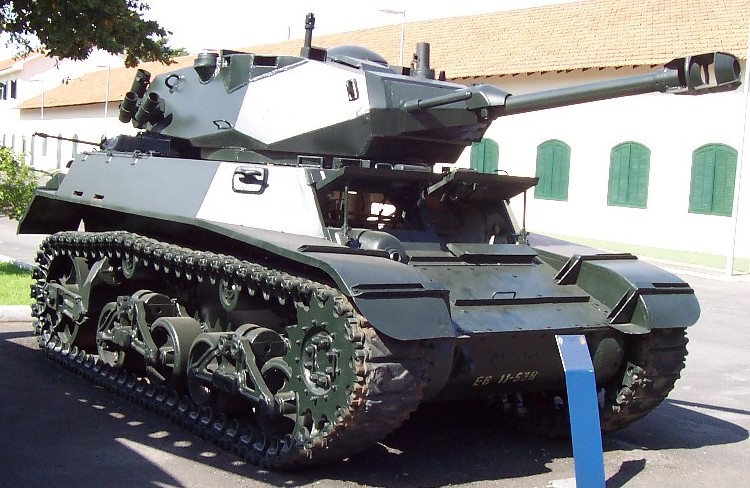
In 1944 about 100 M3 Lee tanks including M31 ARV's were supposed to be delivered to Italy from Brazil (where they got during the Lend-Lease program), but they stayed in Brazilian Army - until 1950s, when they received Continental engines instead of GM diesels. After that some of these tanks were sold to Paraguay.

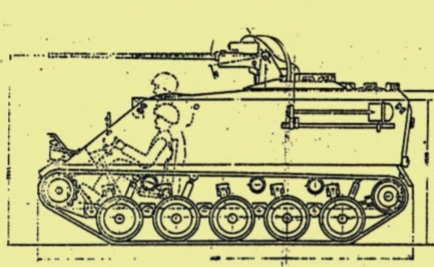
- 240/240/320 HP
- 150/210/45 mm
- Bulletproof
- 250 hp
- 280 hp
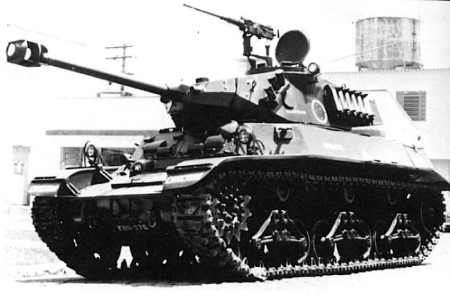
In the 1970s, when the Brazilian Army Staff asked itself what to do with its fleet of 350 M3A1/A3 Stuarts acquired from the US starting in 1942 (20) and the rest in 1944-45, the usual answer would have to be to find the nearest scrapyard or dump them for future collectors and museums. Many had already been stored, retired, or cannibalized to keep about a hundred operational.
However, first of all, the motivation for upgrading the venerable Stuart was due to the lack of spare parts for these tanks. In fact, by 1977, Brazil had denounced the US-Brazilian military agreements, severing all possible part acquisitions. The Army gave technical supervision for the project to the Brazilian Army Research and Development Centre, and a manufacturer was chosen. The concept later evolved into a machine quite distinct from the original Stuart. The relative success of the project ultimately gave Bernardini the confidence to start its own main battle tank, the MB-3 Tamoyo in 1983.
100 vehicles were ordered for conversion from M3A1 Stuarts. However, only 80 were delivered following prototype trials. The modernization started in 1975 and was completed in 1978.


- 240/240/320 HP
- 150/210/45 mm
- Bulletproof
- 280 hp
- 300 hp
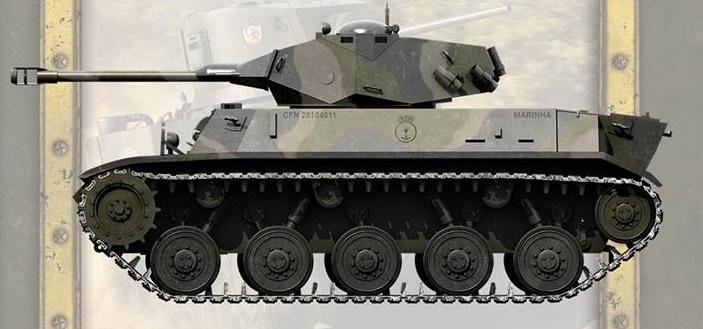

The following model after the X1A, the Carcara X1A1, was tested in 1977-78. It had three bogies and a stretched-out chassis to make room for a bigger engine, upgraded equipment and more ammo, but the rest was similar to the X1A. It never entered production because it proceeded to the X1A2 version.
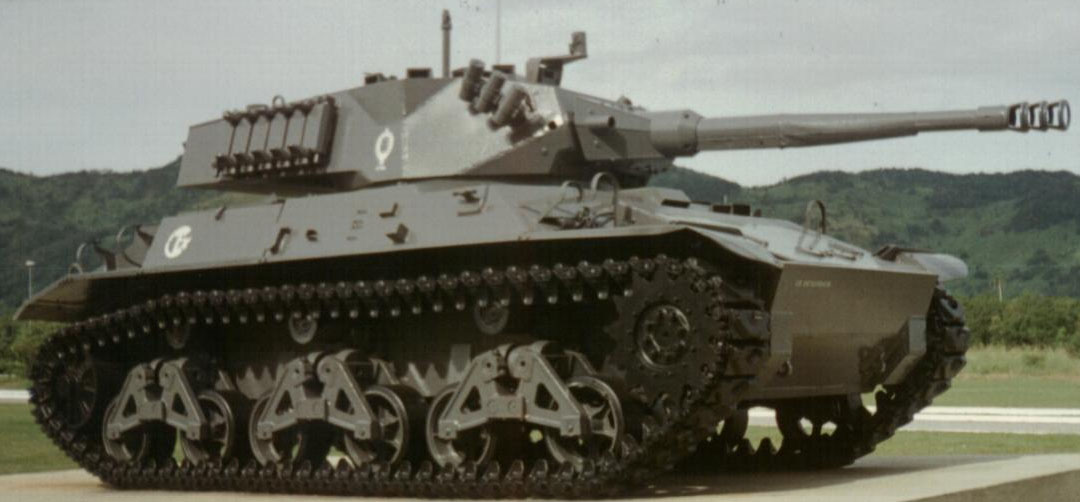
- 240/240/320 HP
- 180/225/45 mm
- Bulletproof
- 300 hp
The last version, the X1A2, had a brand new chassis and was geared towards export. Similar in most other characteristics, it was nevertheless powered by a Saab-Scania 300 hp diesel engine, in order to compensate with its increased weight of 19 tons. It was armed with a Cockerill 90 mm (3.54 in) gun. This time, the vehicle was fully produced in Brazil, and not a conversion like previous models.
The 30 X1A2s delivered in 1980-83 are now placed in reserve. Despite the high hopes of the company, brought by the about 25,000 M3/M5 Stuarts that had been cranked up in WW2, which were adopted by nearly 30 nations postwar, this model was never exported nor proposed as a kit for local conversions.
There also was a proposed version named X1A3 - the main difference was an automatic transmission. But it seems to be never built.
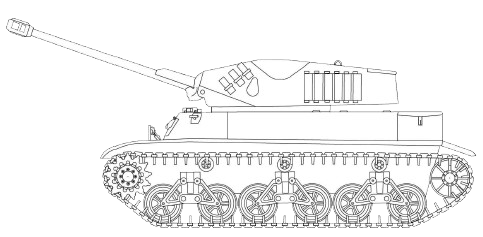
- 240/240/320 HP
- 150/210/45 mm
- Bulletproof
- 280 hp
The projected earlier version of X1A1 Carcara, had some minor differences.


- 150/150/185 HP
- 175/210/38 mm
- 170/170/260 HP
- 205/250/38 mm
- 500 hp
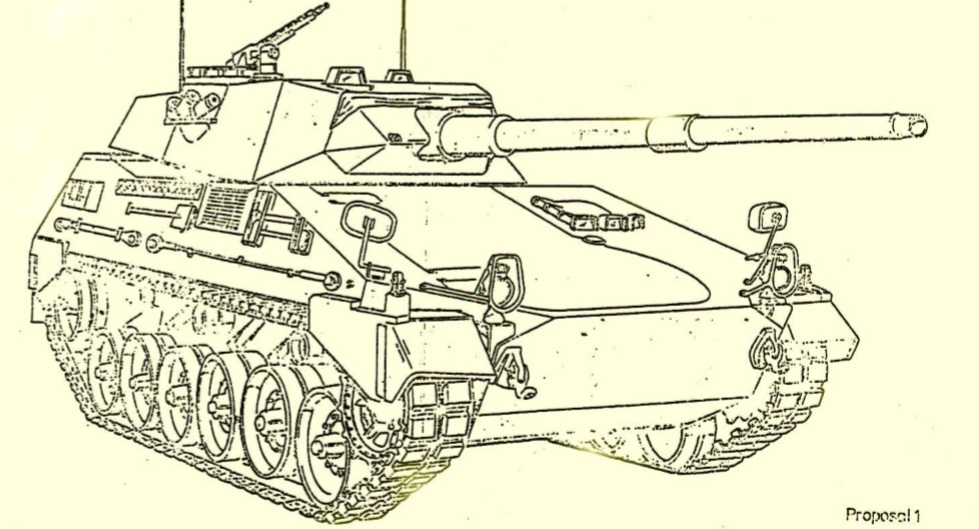
MB-1 was the first built (in 1982) prototype of the Tamoyo tank series. It used mostly M41 Walker Bulldog tank components while the hull and turret was made of non-armored steel (and no info what armor was planned, but some sources state it should be better protected than M41 Bulldog). Very soon (literally next year) this version was replaced with MB-2 Tamoyo which had better firepower.

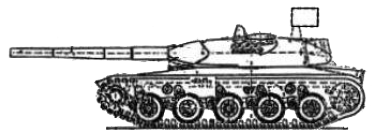

- 170/170/260 HP
- 205/250/38 mm
- 240/240/320 HP
- 295/340/45 mm
- 25 mm + screens
- 500 hp
- 730 hp
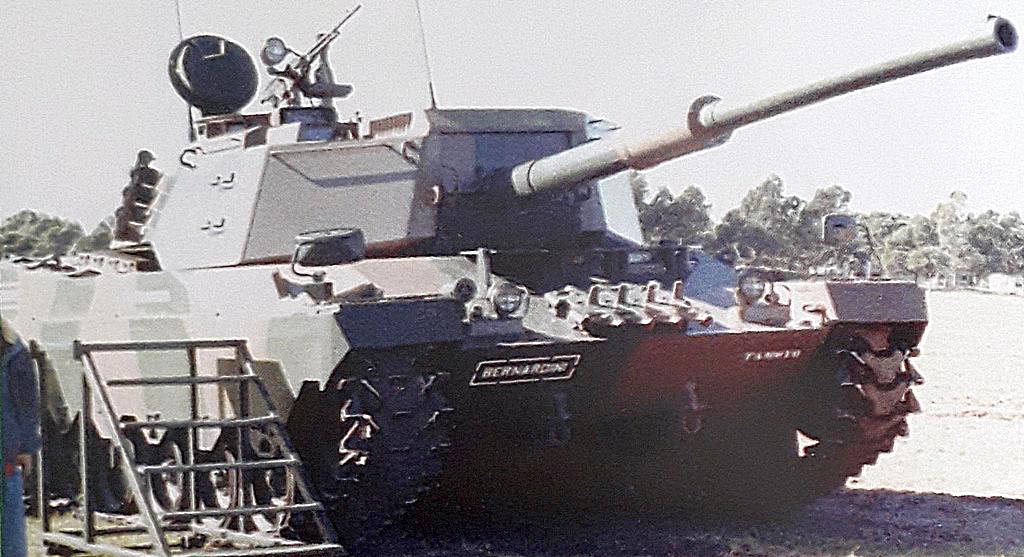
The next prototype of Tamoyo from 1983. This time it was armored (exact numbers of armor are unknown though) and got new gun and more powerful engine.
Both the main gun and coaxial gun are fully stabilized on 2 planes, allowing the Tamoyo to accurately fire on-the-move, even at high speeds. The Tamoyo has vision blocks and/or periscopes for all 4 crewmen, day/night sights for both the tank commander and gunner, and both GPS (Gunner's Primary Sights) and GAS (Gunner's Auxiliary Sights) for the gunner. The definitive fire control system of the Tamoyo is the Ferranti Falcon, which includes a digital ballistics computer, and a laser rangefinder.
This prototype was upgraded to the MB-3 standart, which was the main tank of the Tamoyo series.
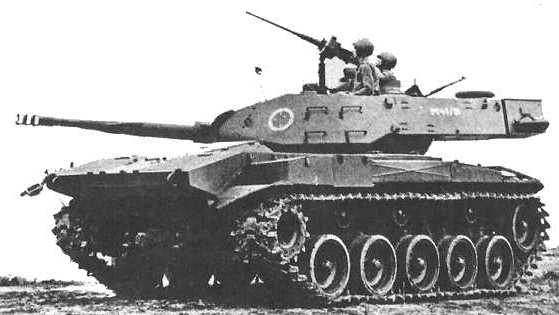
- 240/240/320 HP
- 190/235/45 mm
- 32/25/25 mm
- 500 hp
M41 WB modernization from 1979 which mainly included the new 90 mm Cockerill gun and Saab-Scania diesel engine. Only one vehicle was produced.
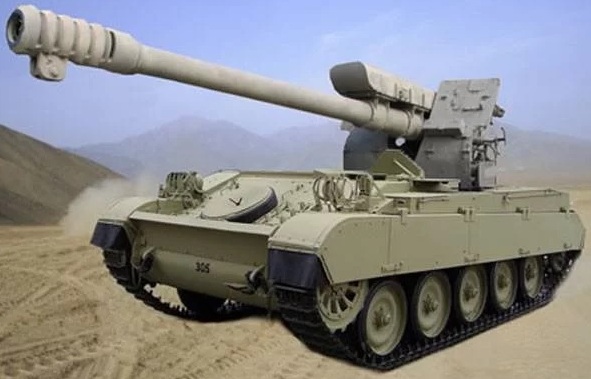
- 440/440/550 HP
- 279/345/55 mm
- 250 hp
According to the Brazilian website www.forte.jor.br, the Peruvian army plans to convert from 30 to 40 old French-made AMX-13 105mm light tanks into self-propelled 122 mm howitzers.
The agreement on the implementation of the relevant work for the Peruvian army was signed on March 8, 2018 by the Peruvian military industrial association Diseños Casanave Corporation S.A.C. (DICSAC), belonging to the Ministry of Defense of Peru, the arms company FAME S.A.C. and the Central Arsenal of the Peruvian Army. It is reported that the conversion will be carried out by mounting Soviet-era D-30 122mm howitzers on old French-made AMX-13 chassis. The towed D-30 howitzers are already in the Peruvian army storage. The howitzers will be mounted in an open circular rotation unit with a standard shield. In addition, in the self-propelled pilot installation, TVN-5 night vision devices will be installed and ACS will be equipped with modern VHF P-030U (another Ukrainian production).

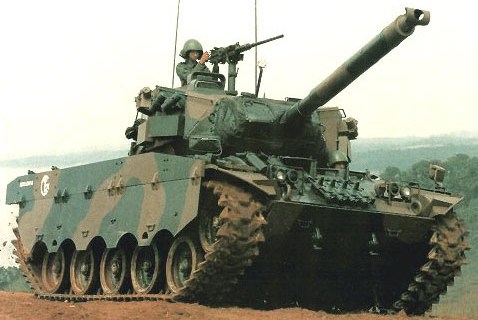
- 170/170/260 HP
- 205/250/38 mm
- 240/240/320 HP
- 235/270/45 mm
- 390/390/510 HP
- 278/323/105 mm
- 500 hp
- 730 hp

First designated "X-30", the program was established in 1978. The hull was significantly redesigned over the M41 WB, and the turret was essentially all-new, resulting in a tank that looked almost nothing like what it was derived from. Unfortunately almost nothing is known about this pre-production prototype (which even was not built), but it resulted the first Tamoyo to be built in 1982 (MB-1 Tamoyo).
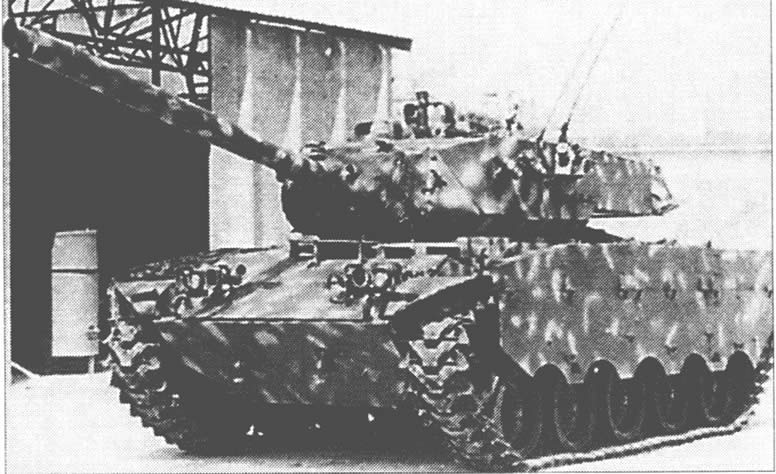
- 240/240/320 HP
- 210/250/45 mm
- 32/25+/25 mm
- 500 hp
In order to nationalize the components and solve some deficiencies of the vehicle, in 1978, a modernization program was started. This program was carried out jointly by the Technological Center of the Army and the company Bernardini. The program was intended to make the vehicle more reliable, with nationalized maintenance, increase its firepower and its radius of action.
The rear part of the tank was stretched, where the new Scania diesel engine took place. It increased its range from 110 km to 550-600. Original 76 mm M32 gun was drilled up to the 90 mm caliber, so it could use the same ammunition as the Cascavel.
Brazilian army had about 340 M41 Bulldogs, and most of them were upgraded to M-41C standart, while some of them were converted into M-41B before.


- 240/240/320 HP
- 180/225/45 mm
- 240/240/320 HP
- 210/250/45 mm
- 32/25+/25 mm
- 500 hp
- 500 hp

Many M41 tanks were passed to the M41B standard, but it was soon seen that the standard did not meet all the requirements of the army, so a new armored model, called M-41C Caxias, was made. There were several modifications in the Caxias, among them were the installation of optical systems of national manufacture, the improvement of the frontal armor, replacement of the caterpillars with a model manufactured by Novração Artefatos de Borracha S/A, the placement of sideskirts, installation of grenade launcher, placement of multiple compartments in the back of the turret, replacement of the electrical system.
The modernization kit was designed to be taken for export, but it did not work because of the crisis in the defense sector that happened in the late 1980s and early 1990s, which wiped out many projects and military companies in the country.
Brazilian army had about 340 M41 Bulldogs, and most of them were upgraded to M-41C standart, while some of them were converted into M-41B before.


- 240/240/320 HP
- 295/340/45 mm
- 390/390/510 HP
- 369/423/155 mm
- 25+ mm
- 730 hp
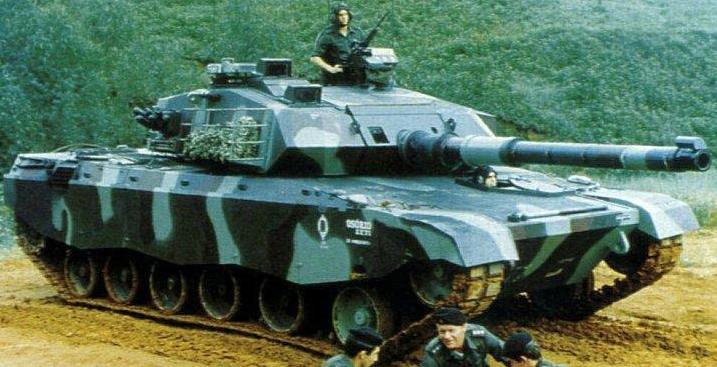
This MB-3 Tamoyo was built in 1984. Actually it was almost the same as MB-2 Tamoyo, but with little improvements and with possible L7A3 gun proposed by that time. The tank stayed in a prototype stage as any export attempts were unsuccessful. The last Tamoyo was the Tamoyo III (not this one) which was built in 1987 and equipped well for its time, but it still got no orders. In 1985 development of the EE-T1 Osorio MBT started which was much better and more modern than Tamoyo tanks.


- 390/390/480 HP
- 268/330/53 mm

Almost nothing is known about this project, but it obviously resembles the AMX-30 tank. But it has a difference - TBM was about to use the L7 gun which was not the one on AMX-30 (it has the F-1 gun). The proposal seems to be unsuccessful - since the Brazilian Army chose works of modernization of M41 instead.